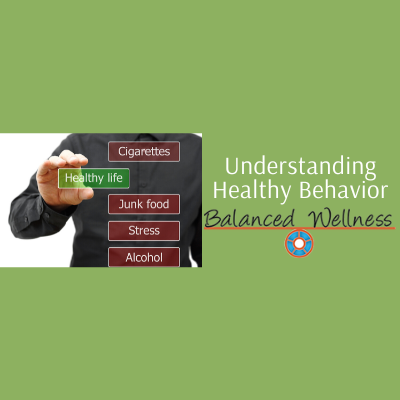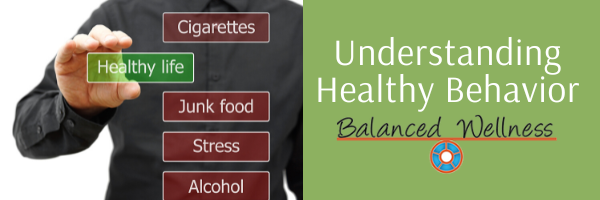According to a JAMA article published in September of 2020, COVID-19 created changes in adult alcohol use. Many of us clearly remember the weeks in March as we began to experience the pandemic. According to a Nielsen reportpublished in May, alcohol sales increased 54% for the week ending March 21, 2020. A RAND studyoverall frequency of consumption increased 14% with women representing an increase of 17%. Women also experienced a significant 41% increase in heavy drinking (amount) and also a 39% increase in the Short Inventory of Problems scale, which is indicative of increased alcohol-related problems.

Understanding Healthy Behavior

Most of us prefer not to feel pain as we go about our day. Whether it’s physical pain, or even mental and emotional pain, it can be distracting, frustrating, and sometimes even debilitating. It makes sense that we often look for something to alleviate the pain, something that works. And far too often, a quick and easy answer is alcohol. The principles apply to ALL negative behavior patterns.
Alcohol is a depressant and has a sedative-like effect on our bodies; meaning, it can potentially reduce whatever type of pain we feel. Like any other type of pain reliever however, the relief is short-lived without consistent use. And consistent use can lead to the physiological and psychological “need” to continue use for pain management. The challenge here is long term use and potential interactions with other medications and lifestyle factors.
Use versus misuse. Using the substance or behavior for a healthy purpose. Two examples here that help you to understand use and misuse. Food fuels our body, that is a healthy purpose. However, use of food to fulfill ‘emotional’ eating is not a healthy behavior. Take a mindful approach, HALT, before you eat!
Use versus abuse or addiction of alcohol, or any addictive substance or any behavior for that matter, can be ‘categorized’ by the following terms.
- Hunger – are you hungry? Healthy response to eating.
- Angry – are you angry or experiencing anxiety? Eating is most likely an unhealthy response.
- Lonely – connection is a human need. The feel-good hormone response (serotonin) you experience is only a distraction from your true need.
- Tired – physically or emotionally. When you are tired you may seek food as a quick fix (typically with sugar, salt or fat additives), when what you really need adequate sleep or to express your emotional fatigue. Many of us are experiencing COVID-fatigue.
This also applies to substance/alcohol use and behaviors such as gaming, shopping, or inappropriate internet surfing. Misuse can also apply to use of over the counter medications such as using a sedative cold medicine to sleep. That is an entirely different conversation!
Misuse vs. Abuse. What’s the Difference? BOTH can impact your life negatively and should be addressed, but it is important to understand that abuse can often lead to dependence (physical and psychological) and addiction.
According to the American Public Health Association, misuse is defined as “the use of illegal drugs and the inappropriate use of legal substances, such as alcohol and tobacco.”
The World Health Organization defines drug abuse as the “harmful or hazardous use of psychoactive substances, including alcohol and illicit drugs.”
Abuse versus Addiction. This can be the turning point of recognizing your life is being impacted negatively from a physiological or psychological dependence. Your medical or mental health professional should be sought if you have any concern about your use of alcohol or any other addictive behaviors.
Last week we discussed how to Build Resiliency to Improve our Emotional Well-being. Emotional well-being and Mental Health are related but different. Many professionals designate mental health as the processing of information and emotional health as the ability to express feelings based on the information you process. Again, seeking discernment about how you are processing and expressing is important for your total well-being. We encourage you to reach out to a mental health provider through your private resources or your Employee Assistance Program (EAP) with any concerns you may have.
Focus on Healthy Behaviors with a Challenge.

Inspiring Individuals to Achieve Optimal Well-being
Guidance ~ Consistency ~ Growth Mindset ~ Self-esteem ~ Purpose
